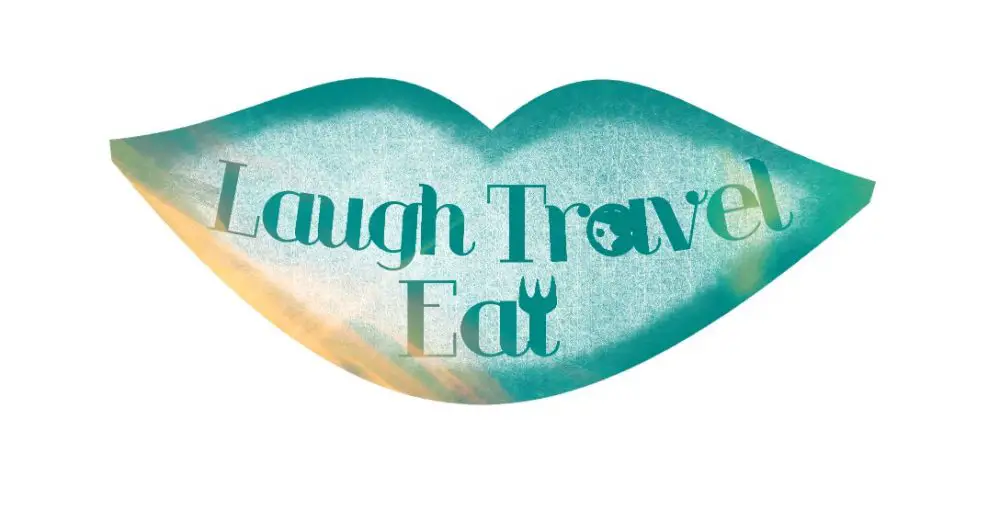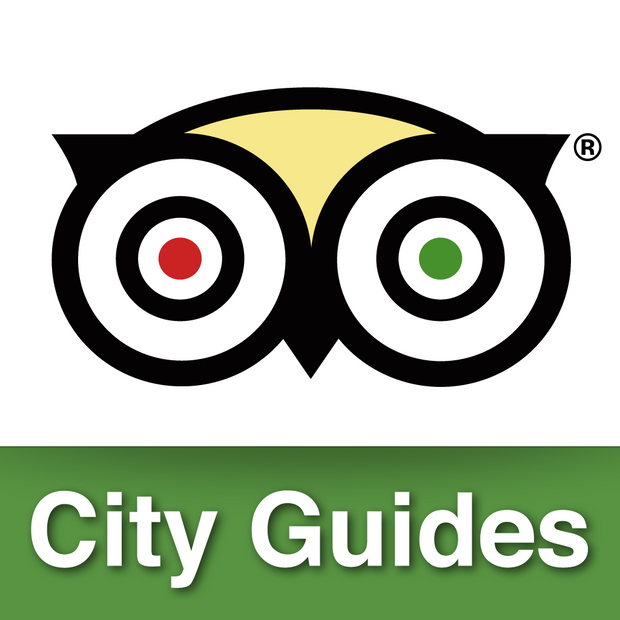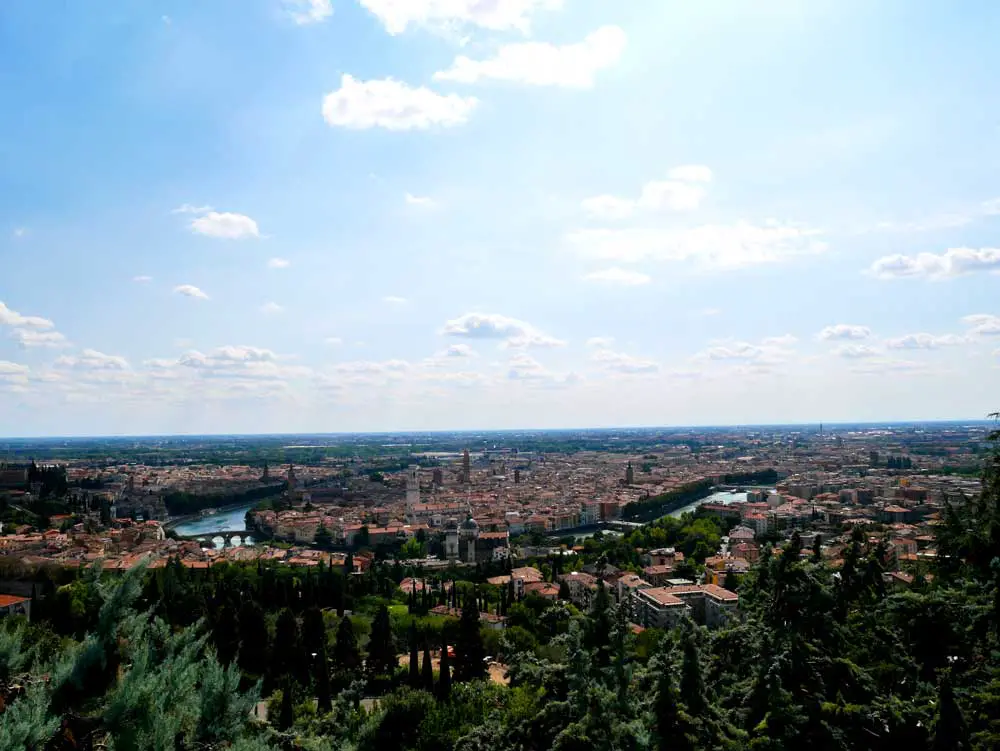Being a self-confessed travel junky, I love going to new places and exploring every nooks and crannies that’s not off limits (most of the time). However, I hate not knowing anything about the history of a place that I am visiting, so I often make sure that I have something with me that offer any form of information.
This urge in me had solidified when I talked to a few backpackers on the balcony of our hostel in Athens, when one asked the other what the Acropolis is as we admire it from afar. Sharing a look of mortification with my sister, we were saved from answering (or so we thought!) by two backpackers, who, despite having been on a guided tour, were sprouting out completely inaccurate information. Holding my tongue had never been so difficult in my life, and it occurred to me that a lot of people travel because they want to travel, not because they want to experience a place.

More often than not most people prefer to just be spontaneous and wonder through a city. Whilst I hold no hard feelings to people who do that, I feel that it is important to understand the significance, the history of the place you visit, or at least, have some inkling about it. Because they are the reason why this place is worth visiting and one can never truly experience a place without knowing what it is that they visited.
Systematically planning and researching a trip can get tedious, but with modern day technologies, there are many ways to get around that. Here’s a few of my top tips on how to plan a trip to a city, known its history hassle free with Mobile apps. There are plenty of guides and maps on offer on both Android and Apple store, some are free, and some are not:
PocketGuides:
one of my favourite is It offer a selection of audio-guided tour around the city, and you can often purchase a whole bundle for under a fiver. It provides you with routes to take, the sights and the history and blurb on it. It often includes obscure sights that won’t necessary enter your radar, though it can also be bad if you trek an extra mile to see a random street.
To make the best of it, check the sights before you purchase it (it’s free to see if you use internet), and if you don’t want to follow the routes, the sights can be shown on a map and you can use it to navigate the city.
Tripadvisor City Guide:
another good one, although not so much for finding nearby attractions, but to gauge if the restaurant you spy is good.
You can download its city guide for free, and it will download reviews (though they might be a tad outdated) of restaurants and sights into your phone. My sister and I have use it to find decent restaurant when roaming the city, so it can assure us of its quality.
Public Transport App
Transport maps are also a good app to have on your phone, so you won’t look like a clueless tourist lost in another city’s metro. Make sure it is available offline if you are getting an app for it; if not, go to the official transport website and download one. Remember to make sure it covers bus and tram routes as well if you are planning to buy a travel pass so you can make the most of it.


 中文 (香港)
中文 (香港)




































